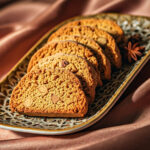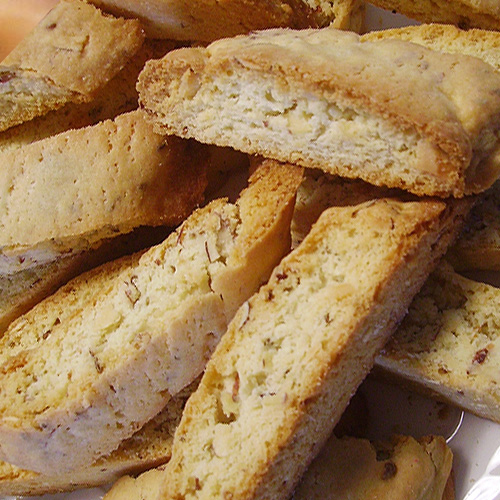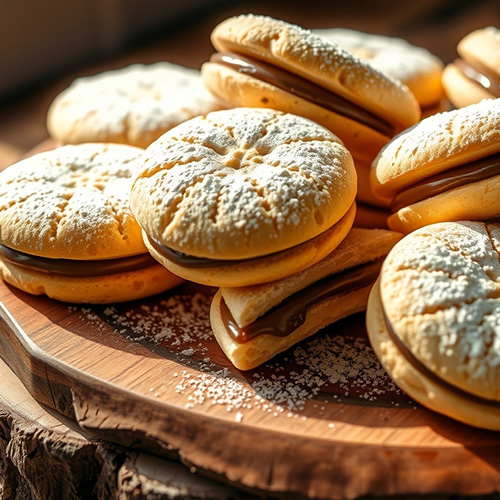
Anise Biscotti: A Tuscan Tradition
Crisp, aromatic, and unmistakably Italian—anise biscotti are more than just cookies. They’re a bite of tradition and a direct link to Italy’s rich baking history. These twice-baked treats are known for their satisfying crunch and subtle licorice flavor. They first appeared in the sun-drenched kitchens of Tuscany, where home bakers created simple, enduring recipes from just a few ingredients.
The word biscotti comes from the Latin bis (twice) and coctus (cooked). The name refers to their two-step baking process: first to bake the dough, and again to dry and crisp the slices. This technique didn’t just enhance texture—it made biscotti perfect for long storage. In a time before refrigeration, they were a practical, portable food for travelers and merchants.
The Role of Anise in Italian Baking
At first, biscotti were plain and functional. Over time, bakers began adding regional flavors. One of the earliest and most beloved additions was anise seed. This sweet, aromatic spice has natural digestive properties and a distinct licorice note. It gave the hard, dry cookie a unique flavor without overpowering its simplicity.
Anise had already been used for centuries in Mediterranean and Middle Eastern baking. Italian bakers embraced it, especially in rural regions where family recipes passed from one generation to the next.
A Taste of the Past
By the 1600s and 1700s, anise biscotti had become more than a travel snack. They were part of celebrations served at weddings, religious holidays, and family gatherings. Italians often dipped them in vin santo, a sweet Tuscan dessert wine, or paired them with strong espresso in the morning. Biscotti filled the gap between dessert and breakfast. That versatility helped cement their place in homes across Italy.
They’re easy to make. With just a few pantry staples, you can bake a batch and taste centuries of Italian history.
Serving
When it comes to serving anise biscotti, versatility is key. Traditionally enjoyed in Italy as an after-dinner treat, these crunchy cookies are often paired with Vin Santo, a sweet Tuscan dessert wine that softens the biscotti with each dip, creating a warm and flavorful finish to any meal. Outside of Italy, they’re just as beloved alongside coffee favorites like espresso, cappuccino, or lattes, the bold roast enhances the subtle licorice notes of the anise.
For a cozy twist, try warming your biscotti slightly before serving, especially during the colder months. Not a coffee drinker? These cookies also complement black tea, chai, or herbal infusions such as fennel and chamomile, which echo the biscotti’s aromatic depth.
Anise biscotti also shine on a dessert board, paired with fruits, dark chocolate, and nuts, or presented as a thoughtful homemade gift, beautifully packaged and perfect for holidays or special occasions. Whether served with wine, coffee, or tea, anise biscotti bring a touch of Italian tradition to any moment.
Storage
After they’ve cooled down completely, toss them into an airtight container. It’s best to find a cool, dry place for that, somewhere away from the sun. Biscotti can stay fresh for up to two weeks without losing that delightful crunch we all love.
Now, if you’re planning to hold onto them for a while, freezing is a great option! You can keep them in the freezer for up to three months. Just make sure to layer them with some parchment paper in a container or a zip-top bag that’s safe for the freezer.
When you’re finally ready to dig in, just let them thaw at room temperature, or if you’re in a hurry, give them a few minutes in a warm oven to bring back that crispiness. The cool thing about biscotti is their low moisture content, which means they travel really well and store beautifully.













